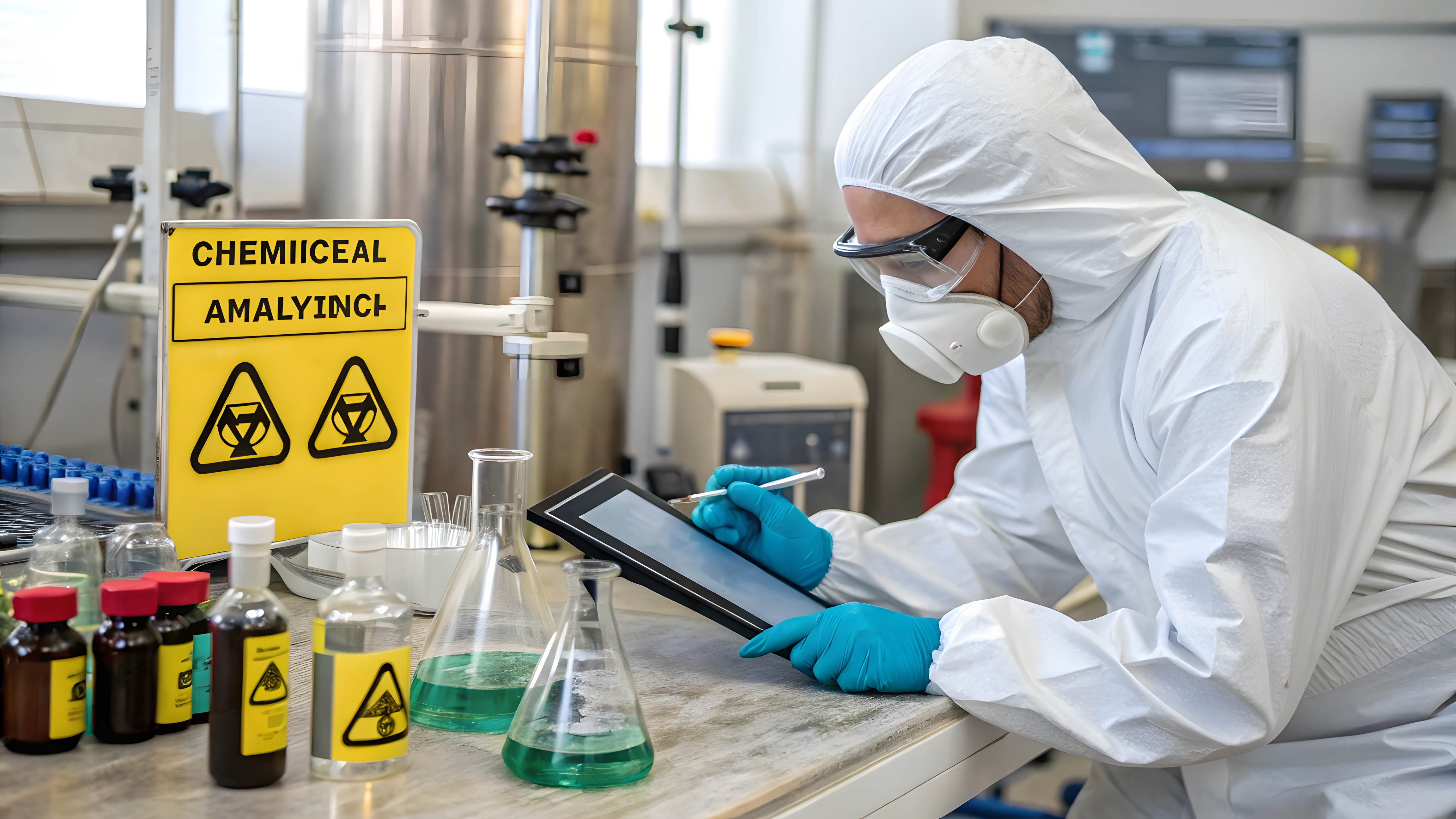How Does UV-C Disinfection Affect Patient Outcomes?
UV-C disinfection significantly impacts patient outcomes by reducing the risk of hospital-acquired infections. Studies show that the application of UV-C light in medical environments leads to a decrease in infections, directly contributing to the overall health of patients. This technology provides an effective addition to existing hygiene protocols.
By using UV-C technology, such as that from UV Smart, medical facilities can limit the spread of dangerous microorganisms. This contributes to a safer care environment and greatly improves patient safety. The results are promising, demonstrating that UV-C disinfection plays a valuable role in modern healthcare practices.
What Are the Mechanisms Behind UV-C Disinfection?
UV-C light works by damaging the DNA and RNA of bacteria and viruses, preventing them from reproducing and rendering them inactive. This process is supported by numerous studies that have demonstrated the effectiveness of UV-C light in eliminating pathogens. The scientific basis for UV-C disinfection is firmly established in the literature.
At UV Smart, we use these scientific insights to develop our products. Our UV-C devices are designed to effectively combat a wide range of microorganisms, offering essential benefits for the healthcare sector. The technology is not only powerful but also more environmentally friendly than traditional methods.
Are There Disadvantages or Risks Associated with UV-C Disinfection?
While UV-C disinfection offers many benefits, there are some potential risks to consider. Exposure to UV-C light can be harmful to human skin and eyes, and there are concerns about potential damage to surfaces with prolonged exposure. It is important that UV-C devices are used correctly to minimize these risks.
Research has shown that, when used properly, the benefits of UV-C disinfection far outweigh the potential disadvantages. It is essential that users are well-informed about the correct procedures and safety measures. At UV Smart, we ensure that our products meet the highest safety standards.
How Does UV-C Disinfection Compare to Traditional Cleaning Methods?
UV-C disinfection offers an efficient and effective alternative to traditional chemical cleaning methods. Compared to these methods, UV-C light provides a faster and more reliable way to eliminate microorganisms without the use of harsh chemicals. This reduces the ecological footprint and health risks for staff.
Studies have shown that UV-C disinfection is at least as effective as conventional methods in reducing microbial load. At UV Smart, we have observed that our UV-C technology, such as the
, offers significant advantages in terms of speed and effectiveness, without compromising on safety or quality.
What Research Has Been Conducted on UV-C Disinfection in Hospitals?
Extensive research has been conducted on the use of UV-C disinfection in hospital settings. Research carried out in academic medical centers in the Netherlands, such as UMC Groningen and Radboud UMC, has demonstrated the effectiveness of UV Smart's D25 device in reducing microbial load on medical instruments.
These studies confirm that UV-C technology is effective against a wide range of pathogens, including resistant bacteria such as MRSA and VRE, as well as viruses like coronaviruses. The findings support the integration of UV-C disinfection into hospital protocols as a valuable addition to traditional methods.
How Does UV Smart Implement UV-C Technology in Healthcare?
At UV Smart, we develop innovative UV-C disinfection solutions aimed at improving patient outcomes. Our products, such as the UV Smart D25, UV Smart D45 and UV Smart D60, are designed to cover a wide range of medical instruments, from ENT to Women's Health.
Our commitment to quality and safety ensures that our devices meet the strictest standards in the industry. Through continuous research and development, we remain at the forefront of implementing UV-C technology in healthcare, with the goal of improving the safety and efficiency of healthcare facilities worldwide.
To learn more about the scientific evidence behind UV-C technology, explore our







.jpg)
